- Home
- Articles
- Architectural Portfolio
- Architectral Presentation
- Inspirational Stories
- Architecture News
- Visualization
- BIM Industry
- Facade Design
- Parametric Design
- Career
- Landscape Architecture
- Construction
- Artificial Intelligence
- Sketching
- Design Softwares
- Diagrams
- Writing
- Architectural Tips
- Sustainability
- Courses
- Concept
- Technology
- History & Heritage
- Future of Architecture
- Guides & How-To
- Art & Culture
- Projects
- Interior Design
- Competitions
- Jobs
- Store
- Tools
- More
- Home
- Articles
- Architectural Portfolio
- Architectral Presentation
- Inspirational Stories
- Architecture News
- Visualization
- BIM Industry
- Facade Design
- Parametric Design
- Career
- Landscape Architecture
- Construction
- Artificial Intelligence
- Sketching
- Design Softwares
- Diagrams
- Writing
- Architectural Tips
- Sustainability
- Courses
- Concept
- Technology
- History & Heritage
- Future of Architecture
- Guides & How-To
- Art & Culture
- Projects
- Interior Design
- Competitions
- Jobs
- Store
- Tools
- More
Architectural Roofing Systems: A Comprehensive Guide to Styles, Materials, and Benefits
Discover the perfect blend of functionality and aesthetics with architectural roofing systems. This comprehensive guide explores materials, styles, and technologies like metal roofs, green systems, and solar panels, offering insights on durability, sustainability, and installation. Elevate your building's design while ensuring long-term protection, energy efficiency, and architectural elegance.

When it comes to designing a building, the roof isn’t just about protection—it’s a statement. Architectural roofing systems blend functionality with aesthetics, offering innovative solutions that enhance both durability and visual appeal. They’ve become a cornerstone of modern design, transforming ordinary structures into architectural masterpieces.
We know the choices can feel overwhelming, with countless materials, styles, and technologies available. From sleek metal panels to eco-friendly green roofs, each system brings unique benefits and challenges. Understanding these options is key to finding the perfect fit for any project, whether it’s residential or commercial. Let’s explore the essentials of architectural roofing systems and uncover what makes them such a vital part of today’s construction landscape.
Table of Contents
ToggleUnderstanding Architectural Roofing Systems
Architectural roofing systems go beyond standard roofs by combining visual appeal with advanced functionality. They enhance a building’s identity while delivering structural integrity and protection.
What Are Architectural Roofing Systems?
Architectural roofing systems include roofs designed with both aesthetics and performance in mind. These systems use innovative materials like metal, slate, or composite shingles and integrate technologies such as solar panels or rainwater harvesting setups. They are ideal for projects prioritizing durability, sustainability, or intricate designs.
Importance of Roofing in Architecture
Roofing acts as a building’s primary defense, safeguarding it against environmental factors like rain, wind, and sunlight. A well-designed roof also complements the architecture, defining the structure’s style. For example, pitched roofs suit traditional designs, while flat, green roofs align with modern, eco-focused structures. Selecting the right roof impacts energy efficiency, cost, and longevity.

Key Features of Architectural Roofing Systems
Architectural roofing systems have distinctive qualities enhancing their usability and design flexibility:
- Material Versatility: Options include metals like aluminum or zinc, eco-materials such as reclaimed wood, and modern composites.
- Durability: Advanced coatings, weather resistance, and reinforced structures protect against wear.
- Customization: Curved designs, complex patterns, and mixed-material installations meet specific aesthetic goals.
- Sustainability: Green roofs and solar integration support eco-friendliness and energy efficiency.
- Technological Integration: Sensor systems monitor performance, and ventilation systems regulate temperature.
These features address diverse architectural needs, balancing beauty with robust performance.
Types of Architectural Roofing Systems
Architectural roofing systems include a wide range of materials and designs, each offering unique benefits. These systems combine durability, aesthetics, and advanced technologies, catering to diverse architectural styles.
Metal Roofing Systems
Metal roofing systems prioritize durability and versatility. These systems use materials like aluminum, galvanized steel, zinc, and copper. Metal roofs resist corrosion, fire, and extreme weather while lasting up to 50 years or more. Their lightweight construction reduces structural strain, enabling faster installations. Standing seam designs and metal shingles contribute to sleek, modern aesthetics.
Asphalt Shingle Roofing Systems
Asphalt shingles remain a popular choice for cost-effectiveness and variety. They feature fiberglass or organic mats coated with asphalt and mineral granules. This roofing type withstands moderate weather conditions and offers lifespans of 20 to 30 years. Architectural shingles, a premium variant, provide enhanced dimensional appearance and better durability.
Tile and Slate Roofing Systems
Tile and slate roofs focus on longevity and elegance. Clay or concrete tiles deliver Mediterranean or Spanish-inspired aesthetics, while natural slate offers timeless appeal. These systems excel in durability, lasting 50 to 100 years under proper maintenance. Their fire resistance and sustainable nature further enhance their value despite heavy weight and higher costs.
Green or Sustainable Roofing Systems
Green roofs integrate vegetation layers over waterproof membranes, promoting environmental benefits. These systems improve insulation, reduce urban heat islands, and manage stormwater runoff. Varieties like intensive green roofs support larger plants, while extensive options require minimal maintenance with shallow soil layers. Sustainable alternatives also include cool roofs with reflective coatings.

Factors to Consider When Choosing a Roofing System
Selecting the right roofing system requires evaluating multiple factors to meet design, functional, and financial goals. Each element affects the roof’s performance, longevity, and compatibility with the building.
Climate and Weather Conditions
Climate plays a critical role in determining the suitability of roofing materials. In regions with high rainfall or snow, systems with steep slopes and watertight properties, like metal or slate roofs, offer the best protection. Areas with high heat benefit from reflective materials such as light-colored metal panels or cool roof coatings, which reduce heat absorption. Systems resistant to wind damage, like interlocking tiles or impact-resistant shingles, perform well in hurricane or storm-prone zones. Kentucky residents, particularly those in areas like Louisville, can consult a reliable Louisville Roofing Company to match roofing options with the city’s frequent storms and seasonal temperature shifts. Local expertise ensures the chosen system delivers both durability and efficiency over time.
Design and Aesthetic Appeal
Architectural harmony depends on the roof’s design and visual impact. For traditional structures, materials like clay tiles or slate enhance elegance. Contemporary designs often incorporate clean lines and bold elements, making materials like standing seam metal or customized composite shingles popular. Green or sustainable roofs create a distinctive modern look while integrating vegetation for added functionality. Customizations in color, texture, and shape allow better alignment with a building’s overall aesthetic.
Durability and Maintenance Requirements
Material lifespan and upkeep determine long-term value. MMetal roofs can last over 50 years with minimal maintenance, whereas asphalt shingles may require repair or replacement in 20-30 years. Concrete or clay tiles endure for 50–100 years but might need occasional inspections for cracks. In cases where roofing systems show advanced wear or damage, homeowners may need to consider a professional roof replacement to restore both function and appearance. Durable systems like slate require specialized installation but need less frequent maintenance. We recommend choosing low-maintenance materials to reduce ongoing costs while ensuring structural integrity.
Cost and Budget Considerations
Initial and long-term expenses influence the choice of roofing systems. Affordable asphalt shingles provide wide accessibility, but upgrading to architectural shingles increases upfront costs while enhancing performance. Metal roofs involve a higher initial investment but offer extended durability and energy savings. Natural materials, like slate or wood, often demand greater installation costs but deliver premium aesthetics and longevity. Budgeting for insulation, underlayment, and installation labor ensures overall accuracy in cost estimates.

Installation and Maintenance of Roofing Systems
Architectural roofing systems require precise installation and consistent maintenance to perform optimally and maintain their visual appeal. Following best practices ensures durability and efficiency.
Proper Installation Practices
Effective roof installation depends on material compatibility and manufacturer guidelines. We follow these key steps during installation:
- Preparation of the Roof Structure: Ensuring surfaces are clean, level, and structurally sound to prevent future issues.
- Use of Proper Fasteners and Sealants: Using corrosion-resistant fasteners and compatible sealants to secure materials like metal panels or shingles.
- Adequate Ventilation and Insulation: Installing ridge vents and proper insulation to avert moisture buildup and enhance energy efficiency.
- Adherence to Slope Requirements: Selecting materials suited for the roof’s pitch, such as low-slope membranes for flat systems or clay tiles for steep slopes.
- Weatherproofing Layers: Integrating underlayment and flashing to protect against leaks.
Accurate installation promotes longevity and reduces maintenance needs.
Routine Maintenance Tips
Regular maintenance prevents minor issues from escalating and extends the roof’s lifespan. These tasks are essential:
- Inspecting for Debris and Damage: Checking for leaves, branches, or visible wear after storms to prevent water pooling.
- Cleaning Gutters and Drains: Removing obstructions to ensure proper runoff and avoid water damage.
- Examining Sealants and Fasteners: Confirming caulking and screws remain intact, especially for metal or composite roofs.
- Monitoring Vegetation Growth: Trimming nearby tree branches and removing moss or algae, particularly on tile or slate systems.
- Scheduling Annual Professional Inspections: Hiring experts to assess damage not visible at the surface level.
Consistent care reduces costly repairs and preserves performance.

Common Issues and How to Address Them
Roofing problems can compromise both protection and aesthetics if ignored. Here’s how we handle common issues:
- Leaks and Water Seepage: Sealing flashing gaps and replacing damaged shingles or tiles to stop water intrusion.
- Cracking and Warping Materials: Repairing or replacing warped panels or shingles caused by temperature fluctuations.
- Pest Infestations: Strengthening roof edges and flashing to block entry points for insects or rodents.
- Pooling Water: Improving drainage systems and ensuring proper roof pitch to eliminate standing water.
- Material Discoloration: Cleaning surfaces and applying protective coatings if fading or staining occurs.
Addressing these issues promptly preserves the roof’s integrity and visual appeal.
Conclusion
Architectural roofing systems play a critical role in enhancing both the functionality and aesthetics of a building. By understanding the options available, such as durable metal panels, cost-effective asphalt shingles, or eco-friendly green roofs, we can ensure the right choice for each project. Proper installation and maintenance further elevate the performance and longevity of these systems, preserving their structural and visual integrity.
Investing in premium roofing systems ensures long-term benefits, including durability, energy efficiency, and boosted property value. Through careful selection and upkeep, architectural roofing systems transform buildings into resilient and visually striking structures that align with sustainability goals and modern architectural demands.
- advantages of architectural roofing
- architectural roof design
- architectural roof styles
- Architectural roofing
- benefits of different roof types
- best roofing materials
- commercial roofing options
- comprehensive roofing solutions
- energy-efficient roofing
- modern roofing styles
- residential roofing systems
- roof material choices
- roof system installation
- roofing design options
- roofing material types
- roofing materials benefits
- roofing system comparison
- roofing system materials
- roofing systems guide
- sustainable roofing solutions
- types of roofing styles
Submit your architectural projects
Follow these steps for submission your project. Submission FormLatest Posts
Best Practices for Roof Inspections and Maintenance
On most projects, the roof spends decades out of sight while carrying...
Sunny Days, Secure Roof: Simple Steps to Shield Your Home
Your home is more than just a place to live—it’s a sanctuary....
Simple and Stylish Roof Ideas for Homeowners
When designing your home, don’t overlook the roof. It’s essential for both...
Key Qualities to Look For in a Residential Roofing Contractor
Choosing a residential roofing contractor involves careful consideration. The roof is a...


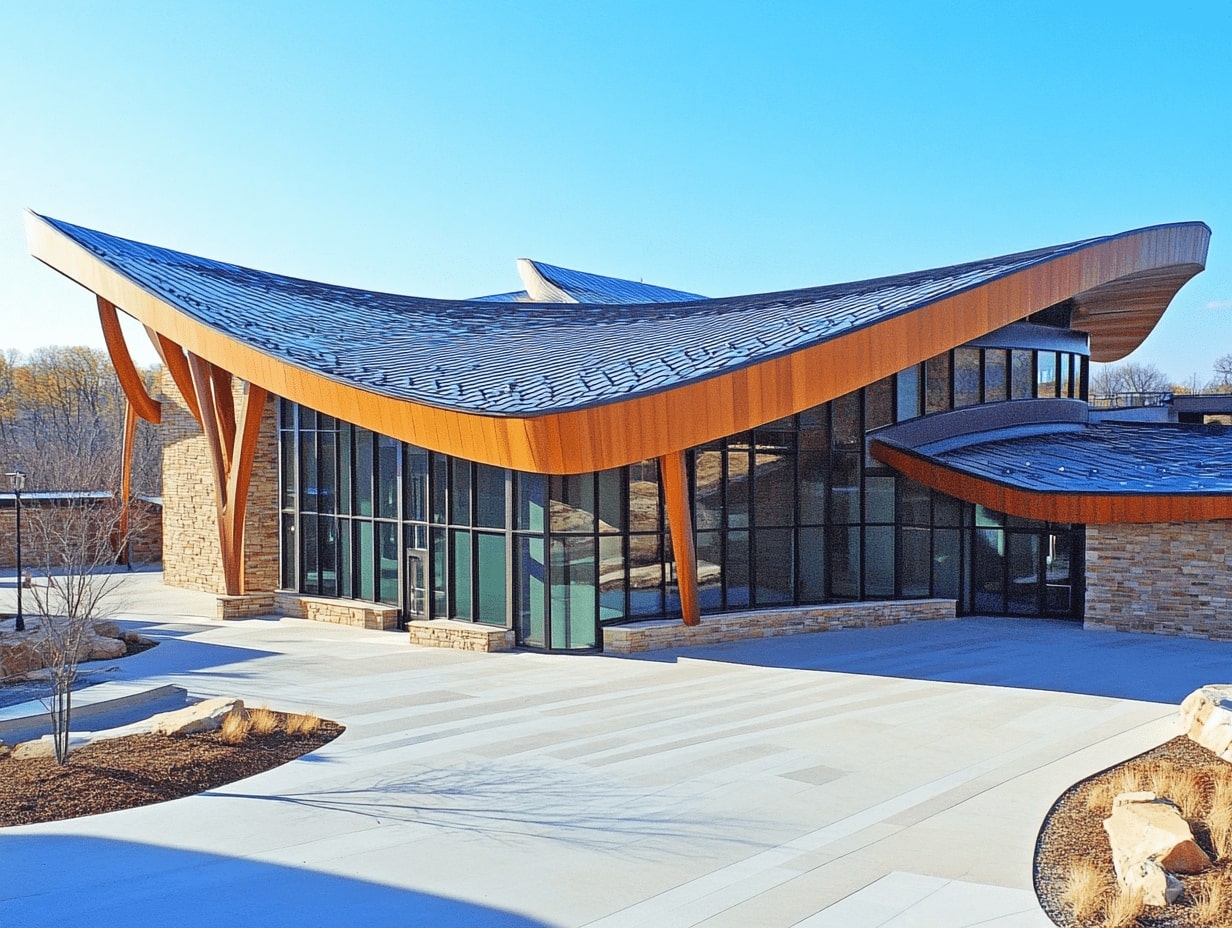





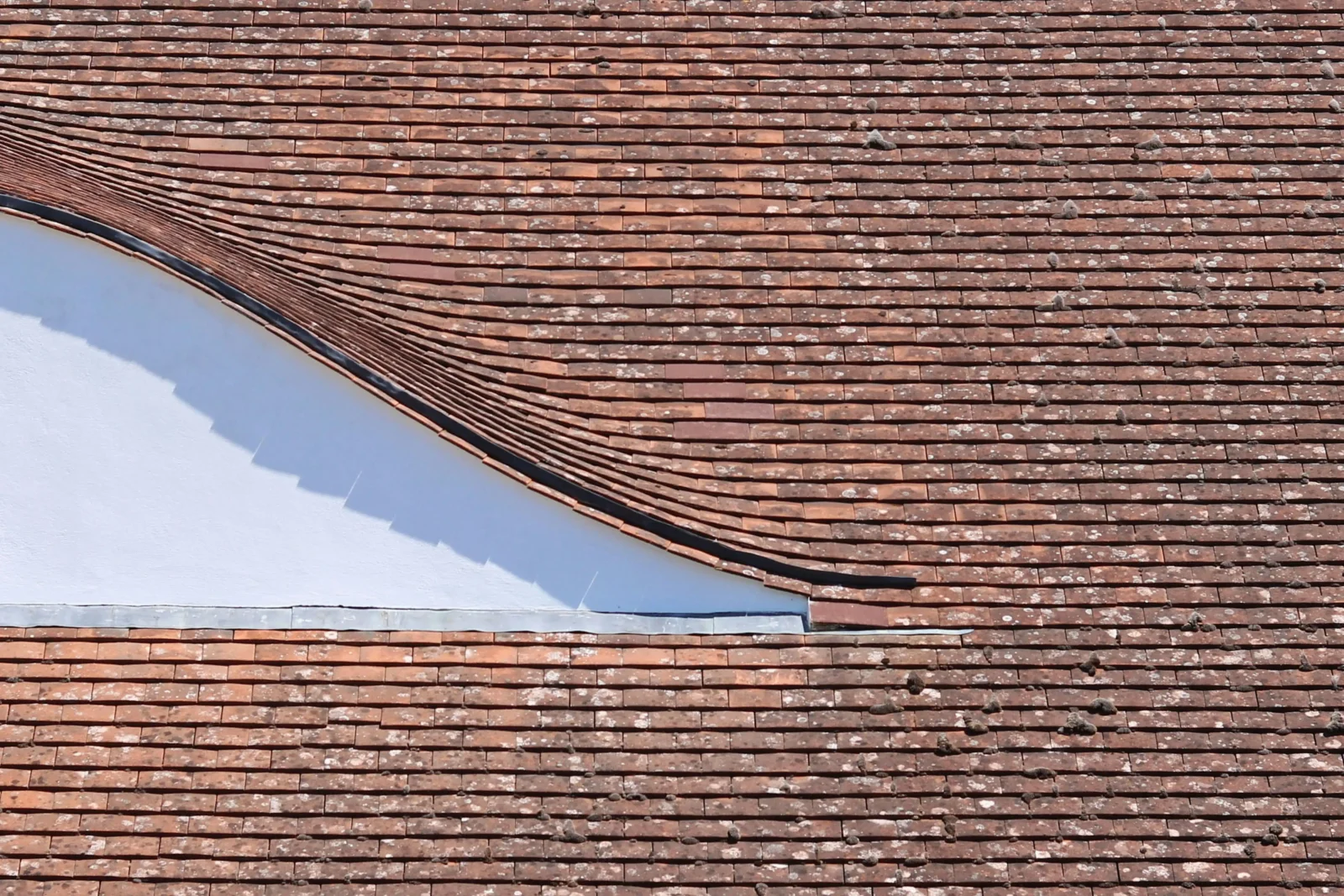
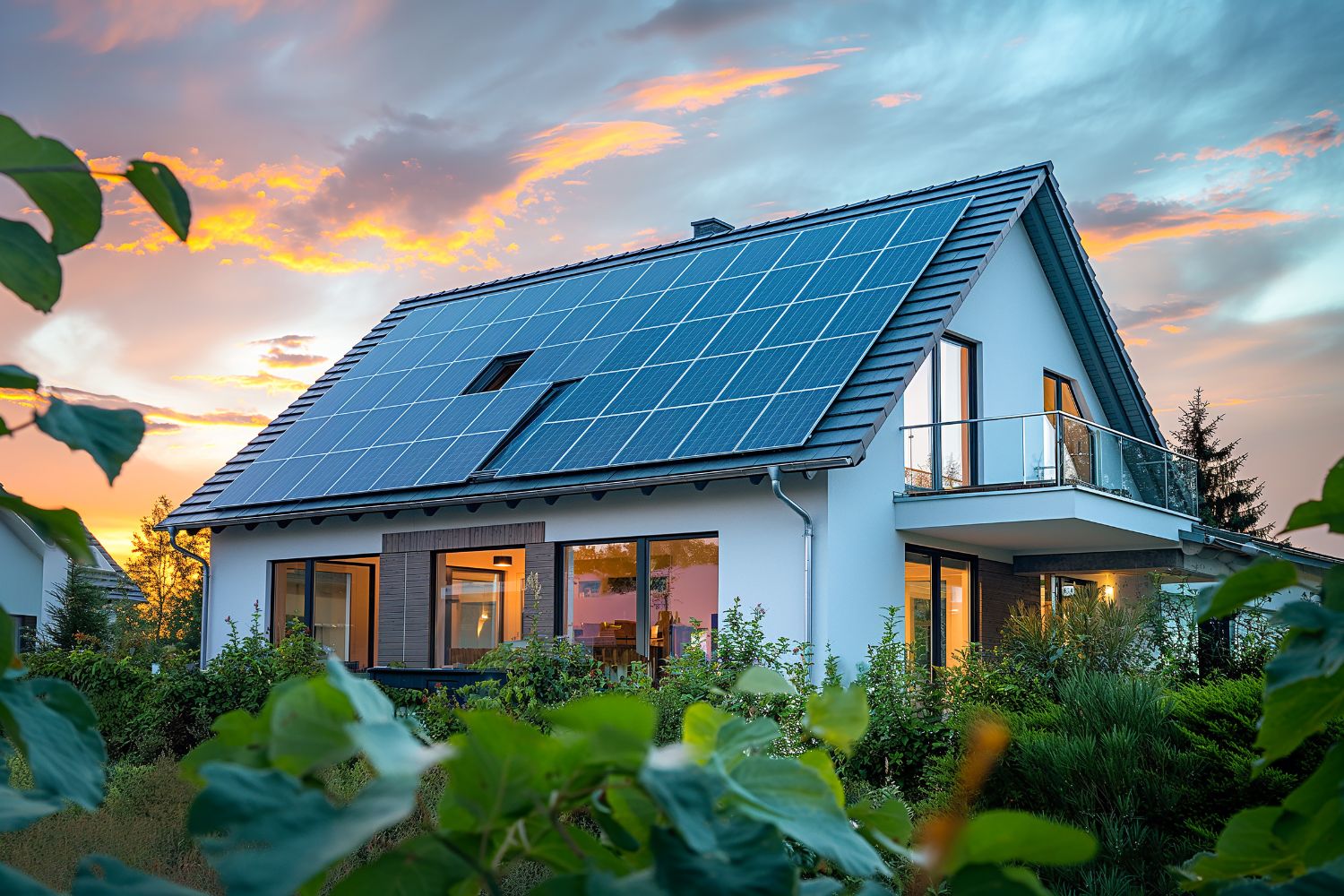
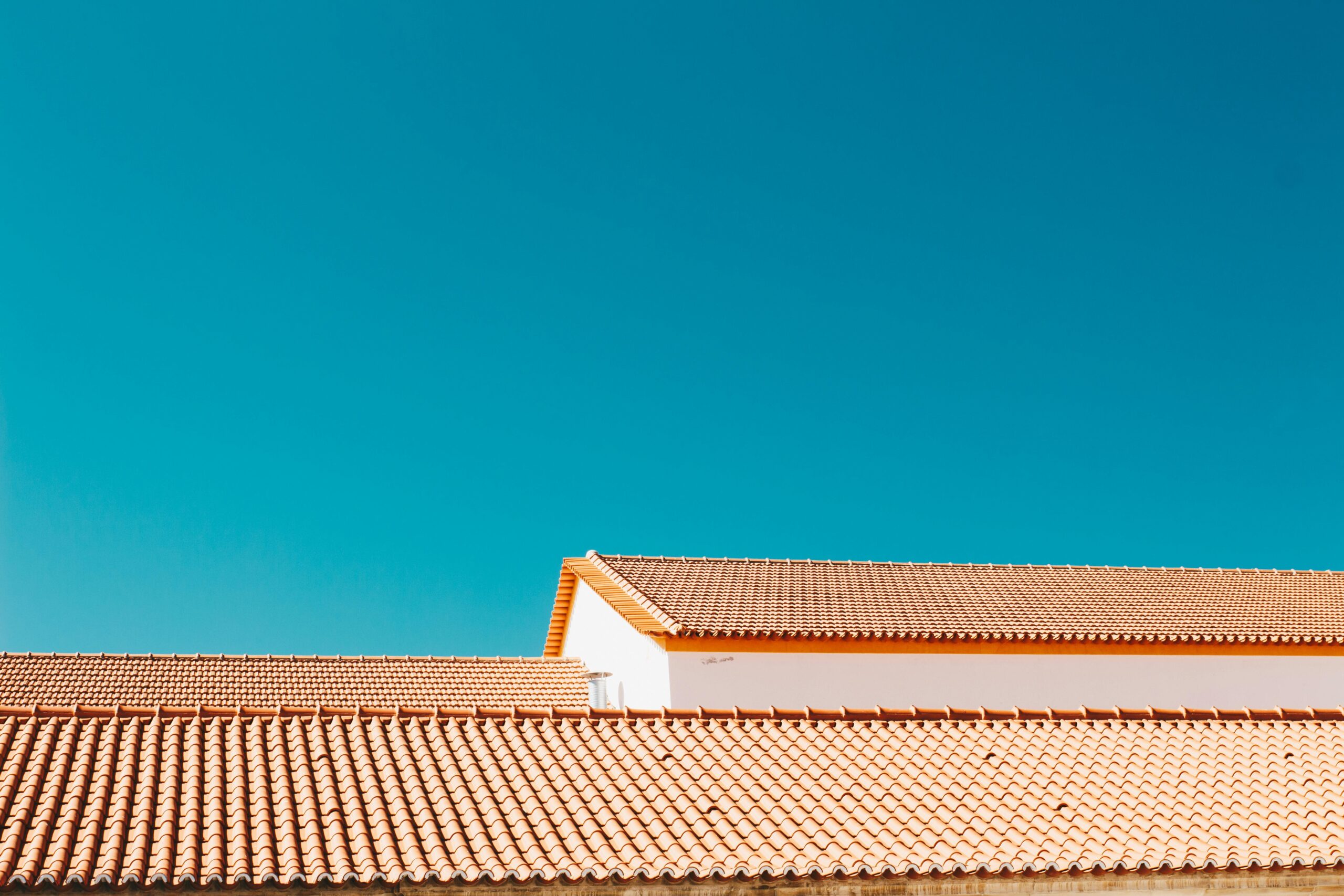
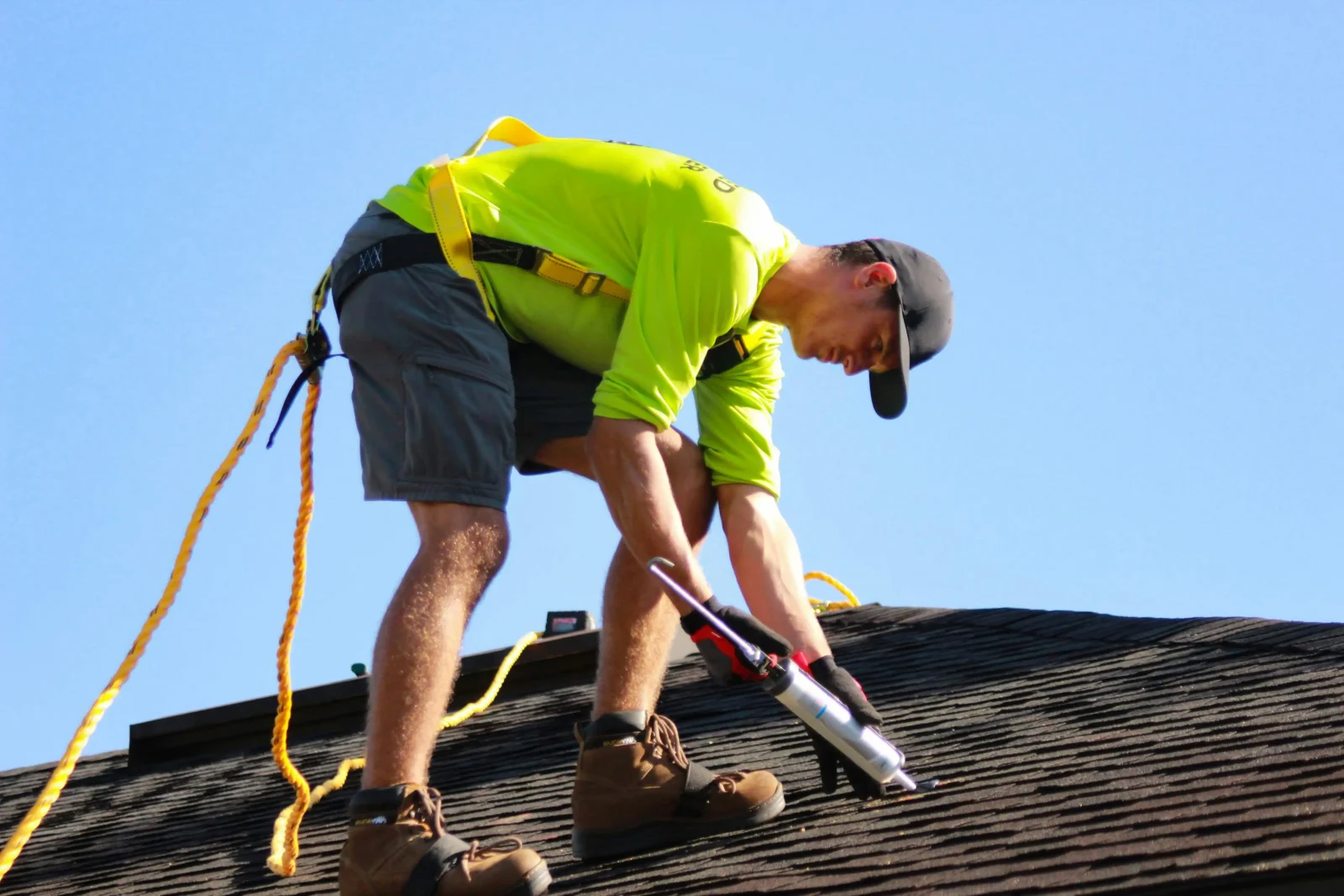
Leave a comment